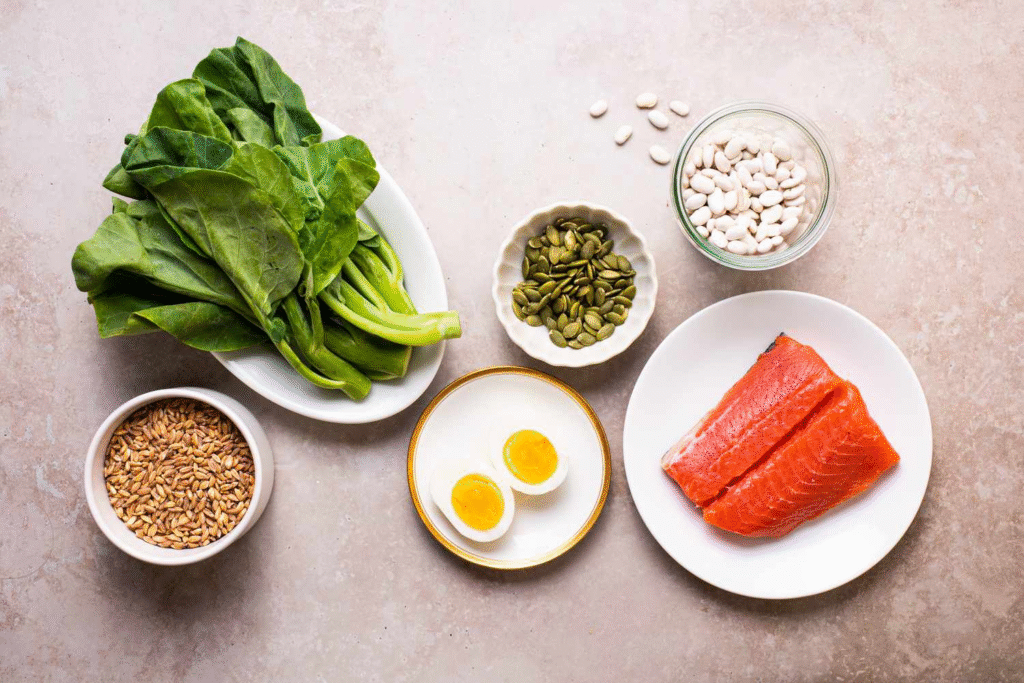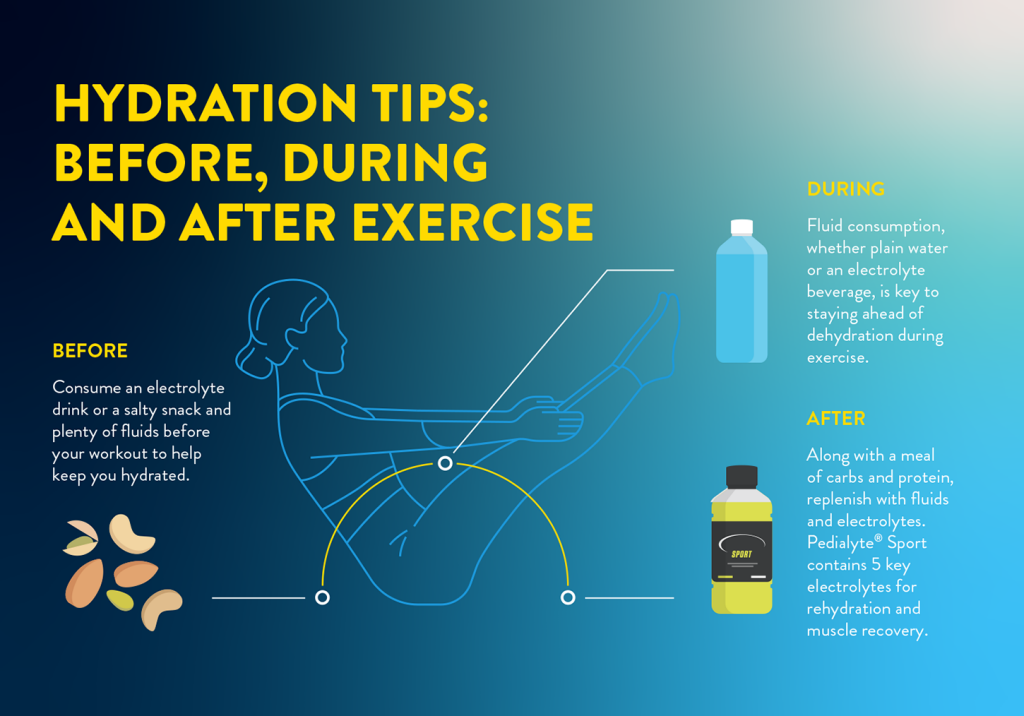Summary:
Maintaining physical wellness is crucial for Americans navigating busy lifestyles. From structured exercise routines to balanced nutrition and proper hydration, achieving optimal health requires consistent habits. This guide offers actionable tips, backed by science, to help individuals enhance energy levels, prevent chronic disease, and boost overall vitality. Discover strategies for exercise, nutrition, hydration, and lifestyle balance to thrive in 2025 and beyond.
1. Understanding Physical Wellness: A U.S. Perspective
Physical wellness encompasses more than exercise—it integrates nutrition, hydration, and lifestyle choices. According to the CDC, nearly 40% of U.S. adults are obese, and only 23% meet recommended physical activity levels. Prioritizing physical wellness improves cardiovascular health, mental clarity, and productivity, while reducing risks of diabetes, hypertension, and metabolic syndrome.
Key Benefits:
- Increased energy and stamina
- Improved immune system and reduced illness
- Enhanced mental health and mood stabilization
- Better sleep quality and cognitive performance
2. Exercise: Finding the Right Routine
Exercise remains the cornerstone of physical wellness. Americans often struggle with consistency, so building realistic routines is essential.
Types of Exercise:
- Aerobic Exercise: Running, swimming, cycling—improves heart health
- Strength Training: Weightlifting, resistance bands—supports bone density
- Flexibility & Mobility: Yoga, Pilates, stretching—prevents injuries
- High-Intensity Interval Training (HIIT): Short, intense bursts—efficient calorie burn
Practical Example:
Emily, a 35-year-old marketing professional in New York, struggled with sedentary work hours. By incorporating 30-minute brisk walks during lunch and two 45-minute HIIT sessions per week, she reduced stress, improved endurance, and lost 10 pounds in three months.
Tips for Busy Americans:
- Schedule workouts like appointments
- Combine activities with family or friends
- Use wearable tech to track progress
- Begin with achievable goals to avoid burnout
3. Nutrition: Fueling Your Body Effectively
Balanced nutrition supports energy, immunity, and overall wellness. Americans frequently overconsume processed foods, sugar, and refined carbs, contributing to obesity and chronic diseases.
Core Principles:
- Macronutrients: Include lean protein, complex carbs, and healthy fats
- Micronutrients: Ensure vitamins and minerals from fruits, vegetables, and whole grains
- Portion Control: Avoid oversized servings and mindless snacking
- Meal Timing: Eat consistent meals to maintain blood sugar levels
Real-Life Example:
James, a 42-year-old software engineer, shifted from fast food lunches to meal-prepping quinoa bowls with vegetables, grilled chicken, and olive oil. Over six months, he noticed improved digestion, increased energy, and better focus at work.
Quick Tips:
- Drink water before meals to reduce overeating
- Limit sugary drinks to one per week
- Include colorful vegetables to boost antioxidants
- Experiment with plant-based meals for variety
4. Hydration: Why Water Matters
Hydration is often overlooked yet is critical for cognitive function, metabolism, and joint health. The U.S. National Academies recommend about 3.7 liters daily for men and 2.7 liters for women, including all beverages.
Signs of Dehydration:
- Fatigue and brain fog
- Headaches
- Dry skin and lips
- Muscle cramps
Practical Strategies:
- Carry a reusable water bottle
- Set reminders on your phone
- Eat water-rich foods like cucumbers and watermelon
- Replace one sugary beverage with water daily
Case Study:
Sarah, a 29-year-old nurse in Chicago, often experienced afternoon slumps. By tracking her water intake and drinking 8 ounces every hour, her energy levels stabilized, and headaches diminished significantly.

5. Combining Exercise, Nutrition, and Hydration
Holistic physical wellness requires integrating exercise, diet, and hydration. Combining these elements produces cumulative benefits beyond individual efforts.
Synergy Example:
- Adequate hydration improves workout performance
- Balanced nutrition fuels recovery and muscle repair
- Regular exercise enhances metabolism and nutrient absorption
Weekly Routine Sample:
- Monday/Wednesday/Friday: 30 minutes of cardio + stretching
- Tuesday/Thursday: Strength training + flexibility exercises
- Daily: 3 liters of water + balanced meals with fruits, veggies, lean protein
6. Overcoming Common Challenges
Time Constraints
- Short, high-intensity workouts can be more effective than long sessions
- Meal prep on weekends saves daily cooking time
Motivation
- Use accountability partners or fitness apps
- Set tangible, measurable goals
- Reward small achievements
Lifestyle Obstacles
- Desk-bound jobs: Use standing desks or mini breaks for activity
- Travel: Keep portable resistance bands and healthy snacks handy
7. Tracking Progress and Staying Consistent
Consistency is key to long-term physical wellness. Using metrics improves adherence and motivation.
Tracking Methods:
- Fitness trackers and smart watches
- Food journaling or apps for nutrition tracking
- Body composition measurements rather than just weight
- Weekly self-reflection for mental well-being
Success Story:
Mark, a 38-year-old teacher, logged daily steps and meals. Within four months, he increased endurance, reduced body fat by 5%, and noticed improved sleep quality.
8. FAQs (Detailed, 50+ words each)
1. How often should I exercise to maintain physical wellness?
Most adults should aim for at least 150 minutes of moderate-intensity aerobic activity weekly, combined with two strength-training sessions. Consistency is more important than intensity, and even short daily sessions contribute significantly to health improvements.
2. Can I lose weight without exercising if I follow a healthy diet?
While diet plays a dominant role in weight loss, combining nutrition with regular exercise ensures fat loss, preserves muscle mass, and improves metabolic health. Exercise also benefits heart health, mental clarity, and energy levels beyond mere weight management.
3. How can I stay hydrated if I dislike plain water?
You can enhance hydration with infused water, herbal teas, or naturally flavored sparkling water. Consuming water-rich fruits and vegetables also contributes to hydration. Avoid sugary beverages as substitutes, which can counteract health goals.
4. Are supplements necessary for physical wellness?
Supplements may be helpful in cases of nutrient deficiency, but most nutrients should come from balanced diets. Consult with a healthcare provider before taking vitamins or protein powders. Whole foods offer fiber, antioxidants, and other compounds supplements often lack.
5. What’s the best time of day to exercise?
Exercise can be effective at any time; morning workouts can improve focus, metabolism, and adherence, while evening workouts may allow better performance for strength and endurance. Consistency matters more than timing.
6. How can I make healthy eating sustainable with a busy schedule?
Meal prepping, batch cooking, and keeping healthy snacks on hand simplify nutrition. Choose quick, nutrient-dense meals, like salads with lean proteins or overnight oats. Planning ahead reduces reliance on fast food and processed options.
7. How much water should I drink during exercise?
Hydration needs vary based on intensity, duration, and climate. A general guideline is 7–10 ounces every 10–20 minutes during activity. For intense sessions over an hour, electrolyte replacement may be necessary to maintain balance.
8. Can strength training replace cardio?
Strength training improves muscle mass and metabolism but does not fully substitute cardiovascular benefits. Ideally, a combination ensures heart health, endurance, and overall functional fitness, especially for long-term physical wellness.
9. How does nutrition impact exercise recovery?
Consuming protein, complex carbohydrates, and healthy fats post-workout accelerates muscle repair, replenishes glycogen stores, and reduces soreness. Adequate hydration further enhances recovery by supporting nutrient transport and muscle function.
10. How do I prevent burnout while maintaining a fitness routine?
Avoid overtraining by incorporating rest days, listening to your body, and varying exercise intensity. Combine fun activities with structured routines. Proper nutrition, sleep, and hydration also prevent fatigue and support sustained engagement.
Conclusion:
Physical wellness is achievable through a balanced combination of exercise, nutrition, and hydration. By implementing realistic routines, tracking progress, and integrating lifestyle strategies, Americans can enhance energy, prevent chronic diseases, and improve overall quality of life. Start small, stay consistent, and let holistic physical wellness become a sustainable part of daily life.
Read this also : https://bodymindrelief.us/digital-detox-reducing-screen-time-for-mental-clarity/
